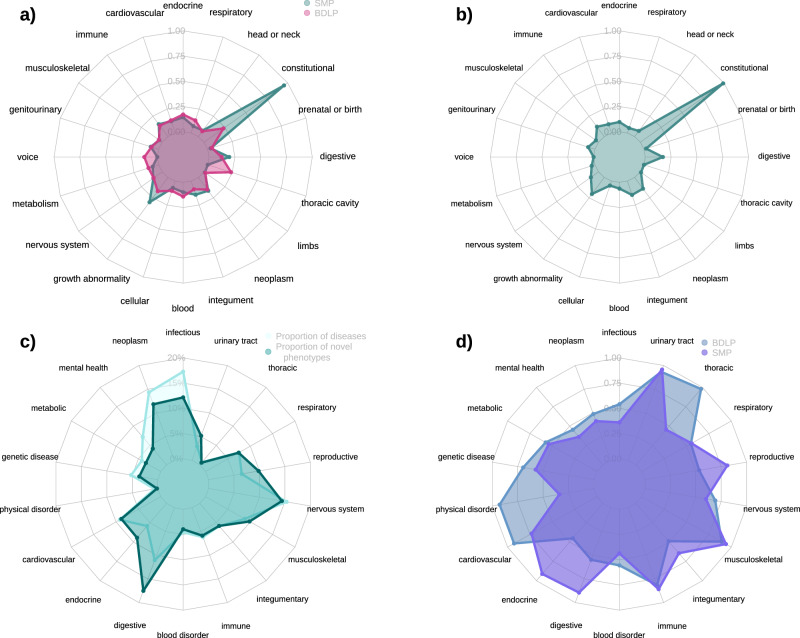Fig. 2. Thematic analyses of phenotype associations in the BDLP and SMP according to high-level organisational categories.
Categories are defined by high-level classes in HPO and the DO, with membership being accorded based on the transitive sub-class relation. Phenotype and disease membership in categories are not mutually exclusive: for example, `lung cancer' may be considered both a neoplasm and a respiratory disease. a Differential expression of phenotype associations in the Biomedical Database and Literature Phenotype and the Social Media Phenotype across high-level categories in the Human Phenotype Ontology, proportional to the overall number of phenotypes of that category defined in the ontology. b Distribution of novel and significant phenotype associations in the Social Media Phenotype across high-level categories in the Human Phenotype Ontology, proportional to the overall number of phenotypes of that category defined in the ontology. The distribution of novel phenotype categories is observably very similar to the overall phenotypes, observable in (a). c Proportion of novel and significant phenotypes assigned to each disease area defined by the DO. `Proportion of diseases' refers to the proportion of the 304 diseases for which the SMP contains associations that fall under each disease area. The proportion of novel associations belonging to each category is strongly correlated with the proportion of total diseases in that category (Spearman rho = 0.889; p = 7.634e−07). d Proportion of constitutional symptom phenotype associations defined by BDLP and SMP belonging to each disease category, proportional to the total diseases in each category. Proportions were not significantly correlated (Spearman rho = 0.189; p = 0.451).

